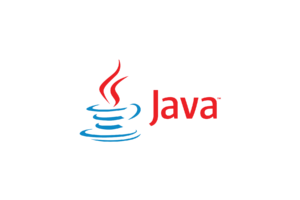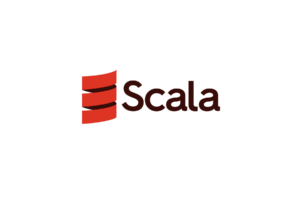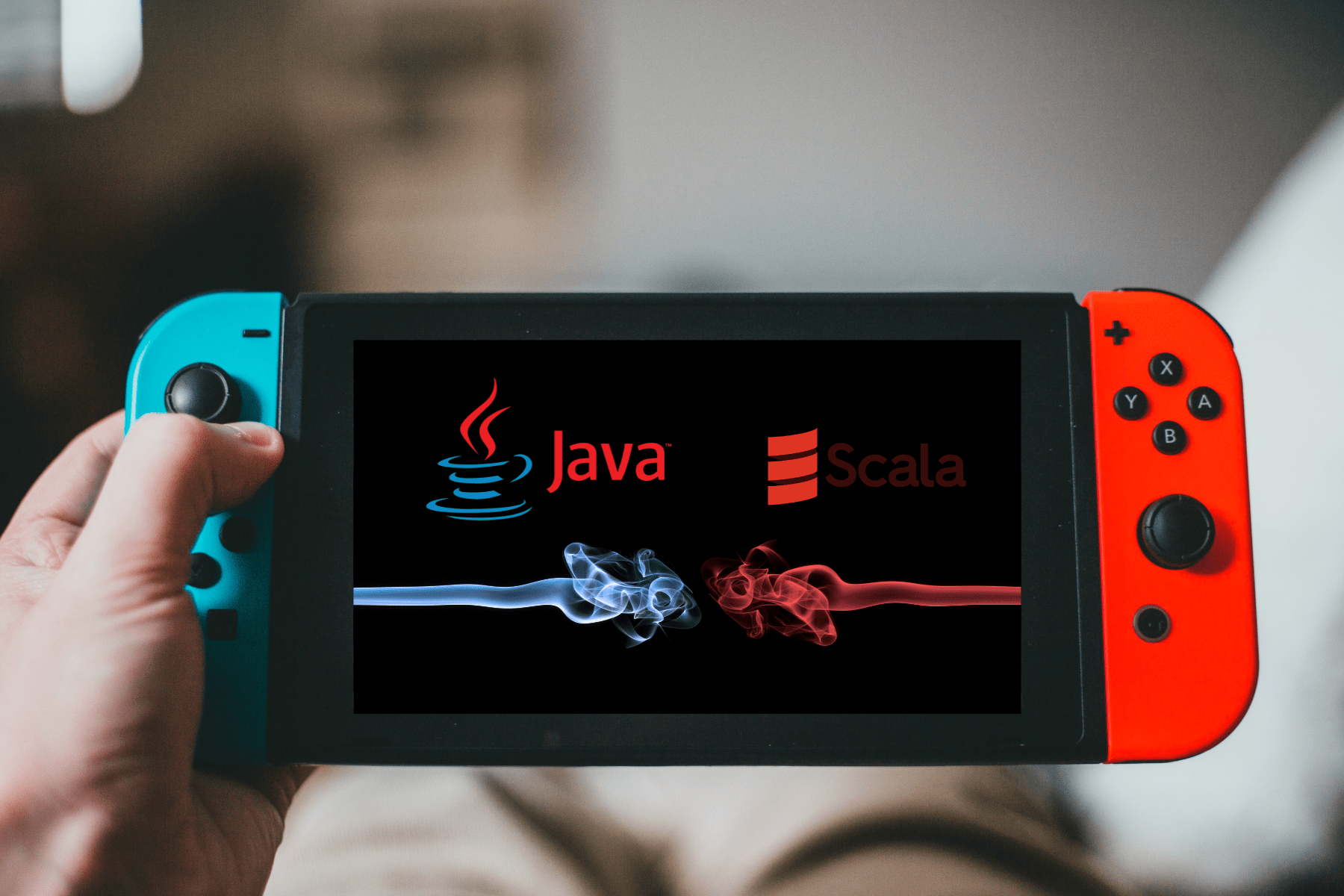Hello, coding enthusiasts!
We will journey through the landscapes of two of the most famous programming languages in the software development world: Java and Scala. These languages are like two sides of the same coin in the JVM (Java Virtual Machine) world.
Let’s dive in and explore these two captivating languages together!
Java: The Time-Tested Titan
Java, the brainchild of Sun Microsystems (now owned by Oracle), has been a pillar in the programming world for over two decades. Known for its “write once, run anywhere” philosophy , Java is everywhere – from enterprise servers to Android apps. Java’s robustness, simplicity, and cross-platform capabilities have cemented its place as a reliable choice for developers.
Java is an object-oriented programming language that leans heavily on explicitness and clarity. It’s like your reliable old friend – always there when you need it, and you know exactly what to expect. Developers who like control and predictability might find Java a soothing balm for their programming souls.
The extensive libraries and frameworks available for Java are one of its biggest strengths. Spring, Hibernate, Maven, and many more make Java development a breeze. Moreover, its fantastic community support and extensive documentation make troubleshooting Java relatively straightforward – there’s always a fellow developer ready to lend a hand!
Scala: The Functional-Object Fusion
Scala, which stands for “Scalable Language” was introduced by Martin Odersky in 2004. It blends the best of both worlds: object-oriented and functional programming. Scala, the modern artist of the programming world, is designed to express common programming patterns in a concise, elegant, and type-safe way.
With Scala, you can write less code and accomplish more, thanks to its high-level abstractions. It’s like a sleek, modern sports car – compact, efficient, and oh-so-stylish.
The Comparison: Why it’s a Win-Win
Now, let’s pit these two languages against each other. But remember, it’s not about declaring a winner but understanding how each language can be the right tool for the right job.
Performance
Java and Scala run on the JVM, so their performance is quite similar. However, Scala’s advanced features, like immutability and concurrency, might offer an edge in developing high-performance systems. But remember, performance depends more on the coder’s skill than the language itself!
Syntax
Java’s syntax is explicit and lengthy, and it values clarity over brevity, which makes Java code easy to read and understand. On the other hand, Scala’s syntax is concise and expressive. It may take a little time to get used to, but once you do, you might fall in love with its elegance!
Paradigm
Java is a stalwart of object-oriented programming, but with the introduction of lambdas and streams in Java 8, it has embraced functional programming concepts. Scala, conversely, beautifully merges object-oriented and functional programming paradigms. So if you’re looking to explore available programming without letting go of the familiar object-oriented structure, Scala could be your ideal companion.
Too long; didn’t read
In a nutshell, let’s break down the comparison of Java and Scala into 20 bullet points highlighting their pros and cons:

Pros
- Proven Stability: Java has been around for over two decades, and its stability is time-tested.
- Wide Adoption: Used by millions of developers worldwide, resulting in a vast community and extensive resources.
- Clear and Explicit Syntax: The protracted nature of Java makes it easy to understand, reducing ambiguity.
- Robust Libraries and Frameworks: Spring, Hibernate, and Maven make development easier.
- Platform Independence: The “write once, run anywhere” philosophy ensures cross-platform compatibility.
- Excellent Documentation: Comprehensive and extensive documentation is available.
- Job Market: Due to its wide adoption, there are many job opportunities for Java developers.
- Gradual Introduction to Functional Programming: With Java 8 and beyond, developers can explore functional programming concepts.
Cons
- Verbose Syntax: Java requires more lines of code to accomplish tasks, which can lead to boilerplate code.
- Slower to Adapt Modern Features: Java tends to be slower in adopting new programming concepts.

Pros
- Functional and Object-Oriented: Scala beautifully merges object-oriented and functional programming paradigms.
- Concise Syntax: Scala code is typically shorter than equivalent Java code, leading to increased productivity.
- Advanced Features: Scala has modern features like traits, case classes, and implicit.
- Great for Concurrency: Immutable data and first-class functions make Scala an excellent choice for concurrent and reactive applications.
- Java Interoperability: Scala can seamlessly interoperate with Java code and libraries.
- Powerful Tools: Scala has powerful tools like SBT and frameworks like Akka.
Cons
- Steep Learning Curve: Scala’s advanced features and concise syntax might be hard to grasp for beginners.
- Smaller Community: Compared to Java, Scala’s community is smaller, meaning less support and resources.
- Less Job Market: There are fewer job opportunities for Scala developers compared to Java.
- Complexity: The flexibility and power of Scala can lead to overly complex code if not used judiciously.
Conclusions
The choice between Java and Scala should be based on your project requirements, your team’s skill set, and your personal preference. They are both powerful tools in their own right and understanding their strengths and weaknesses will help you make an informed decision.
Happy coding!
Author: Franco Geraci, Head Of Engineering at Bitrock

